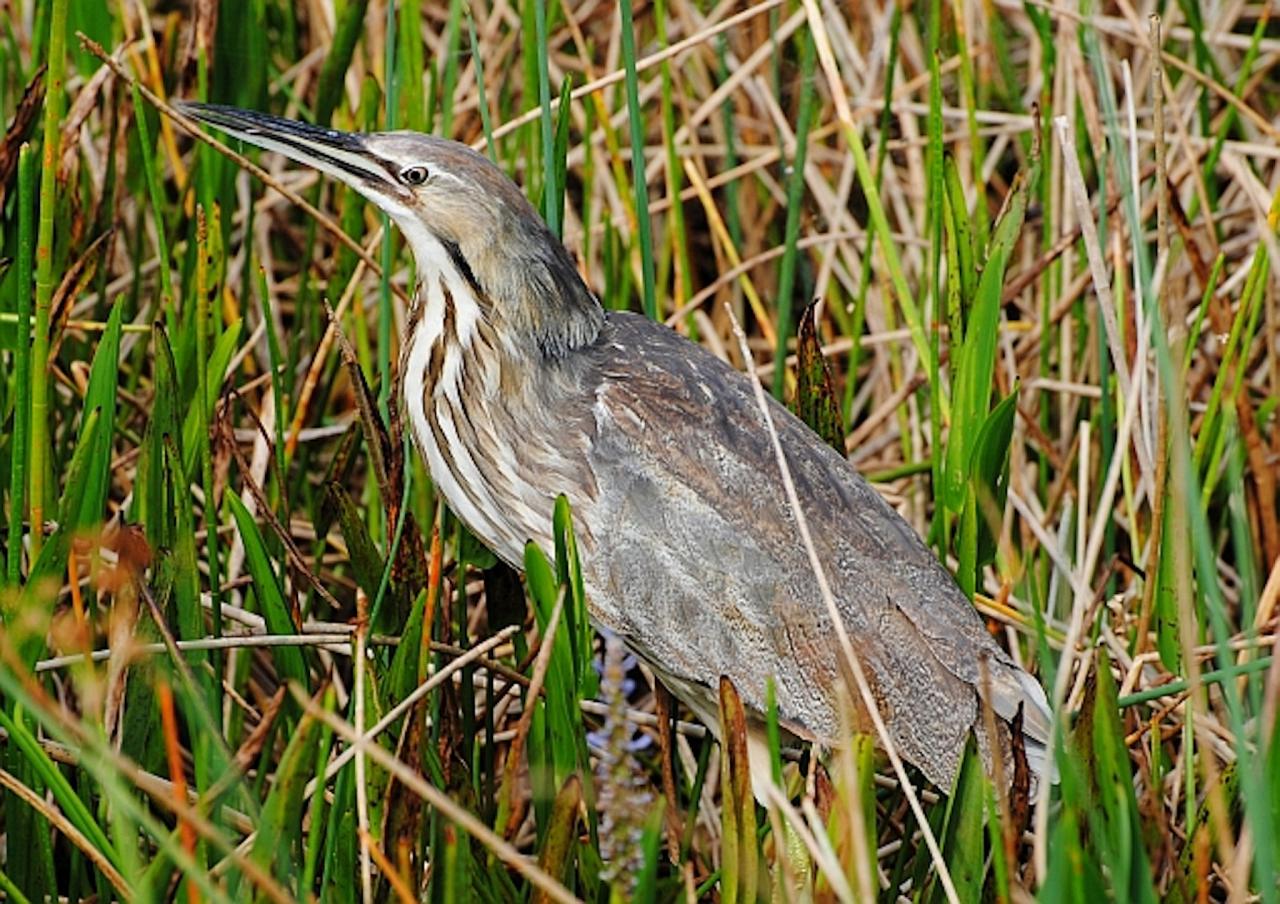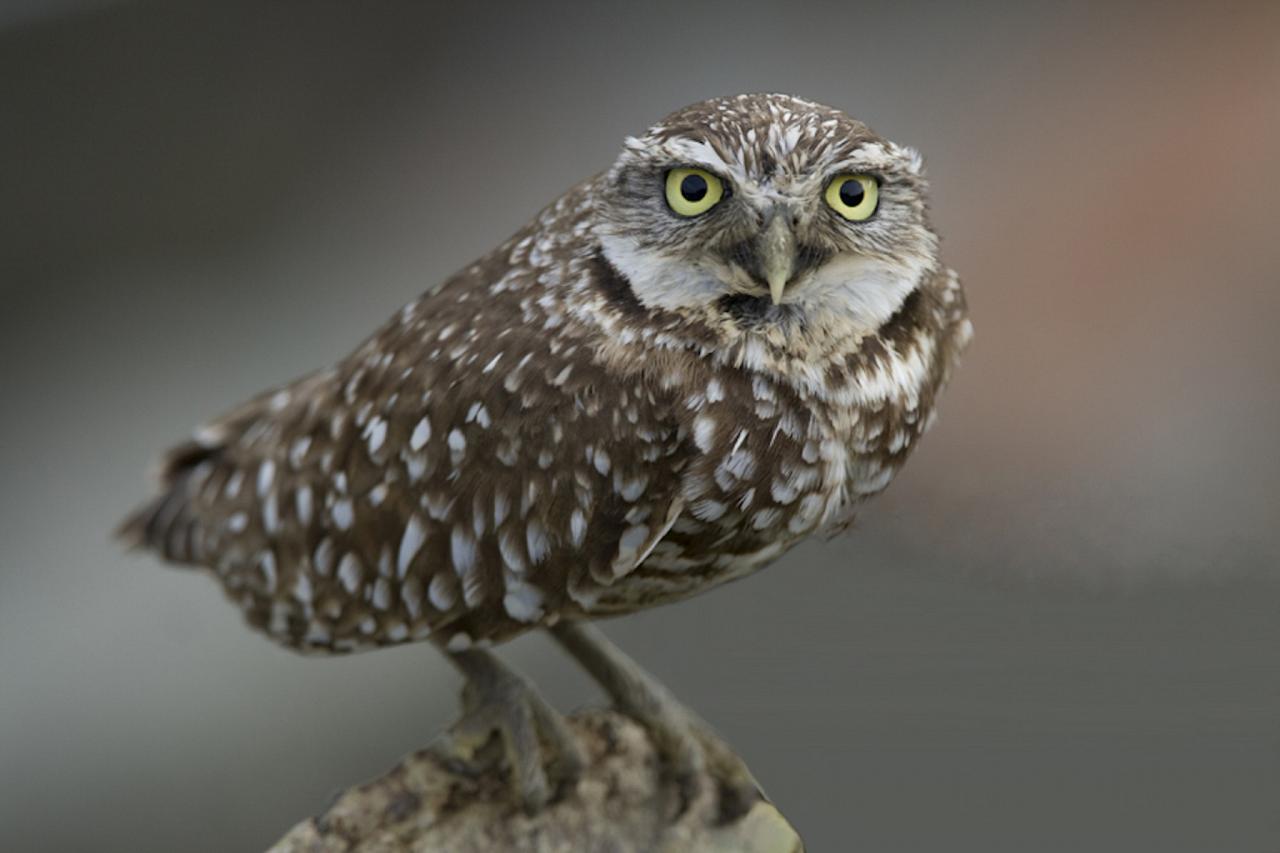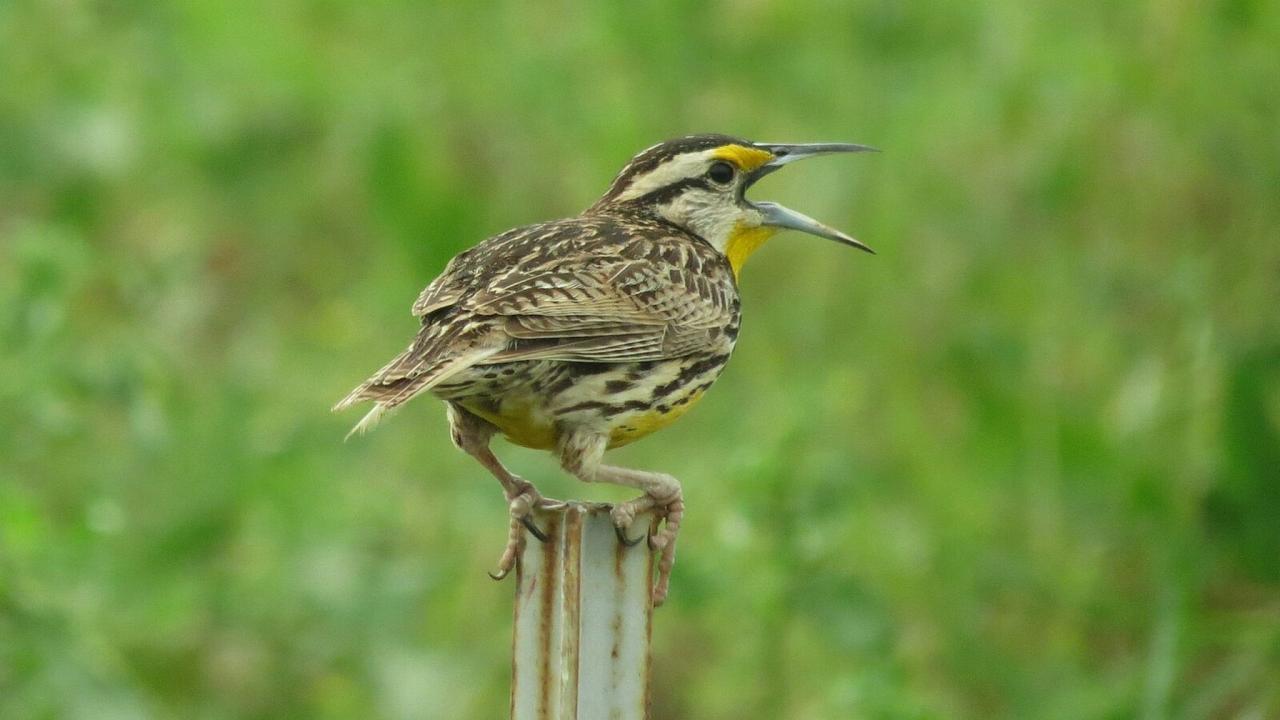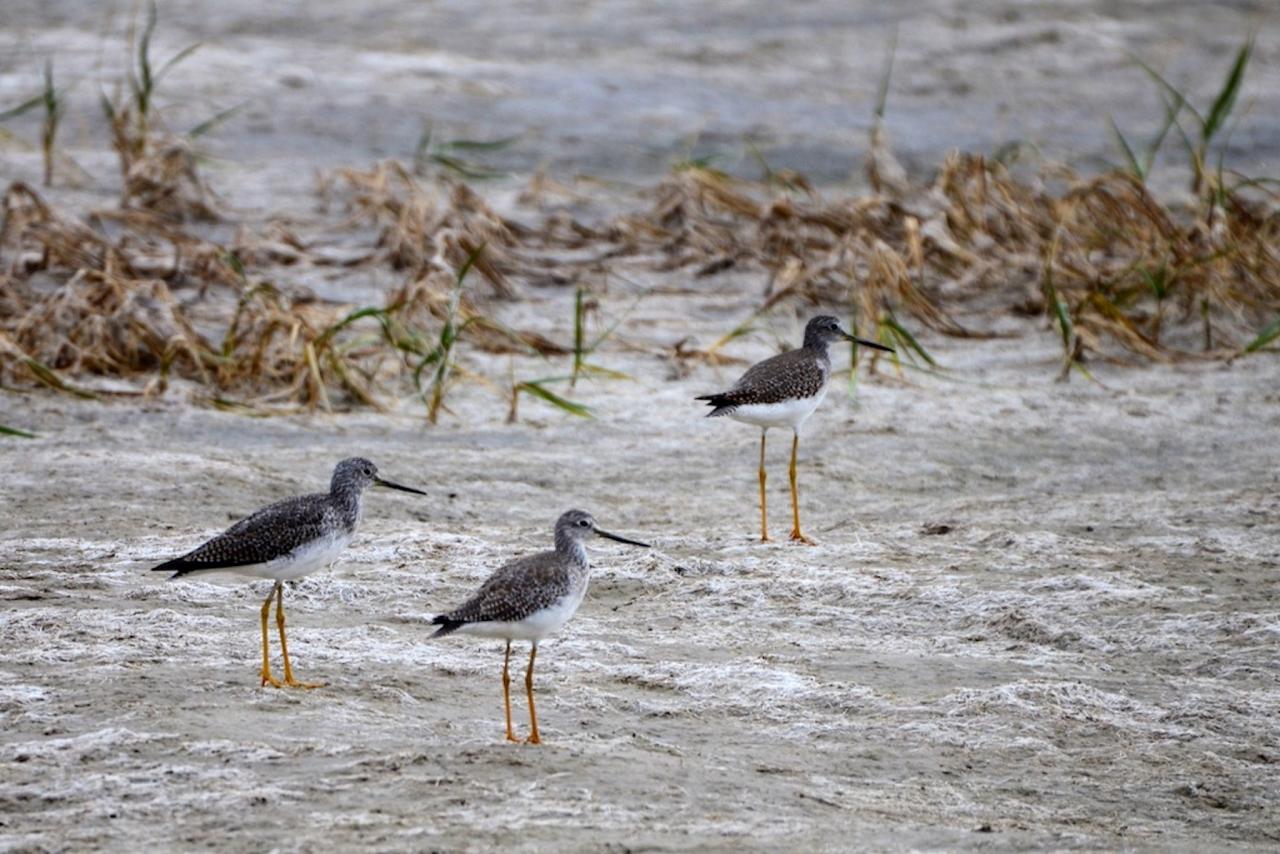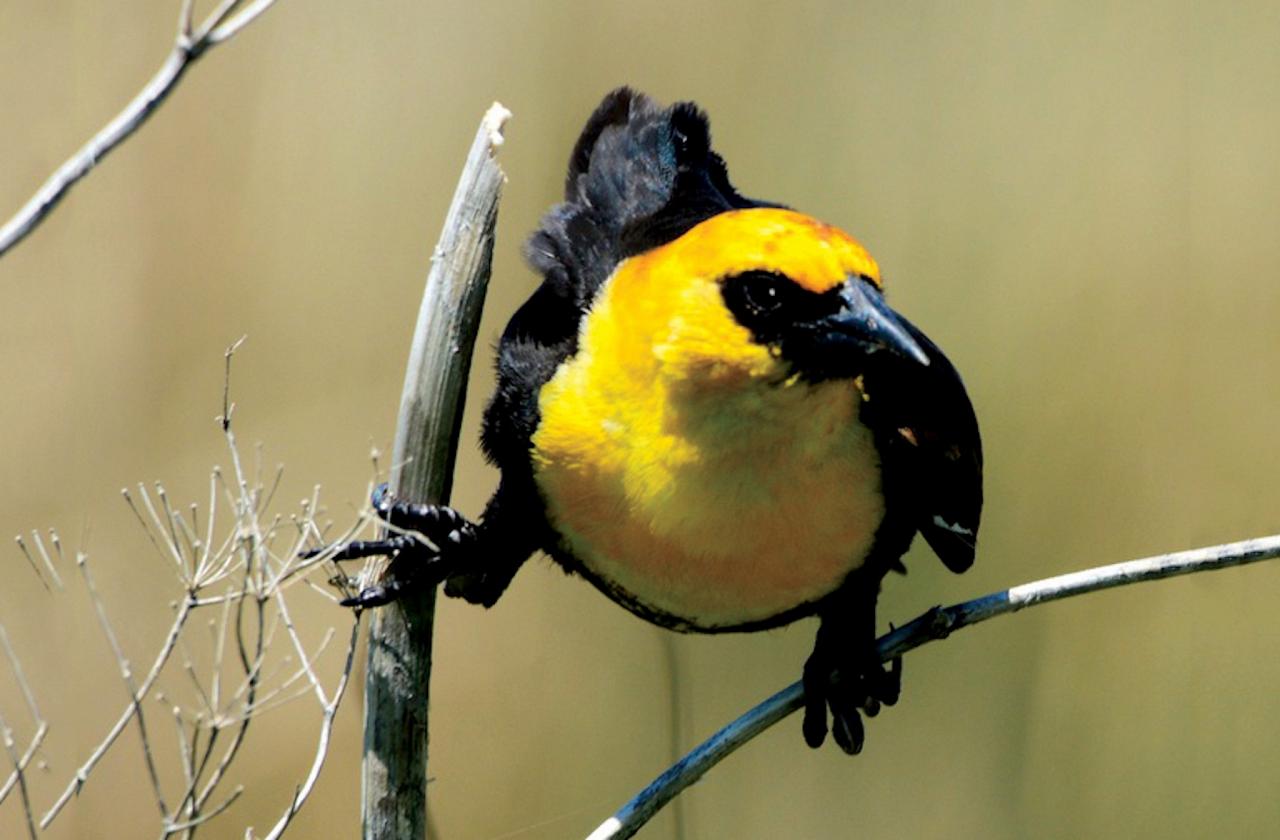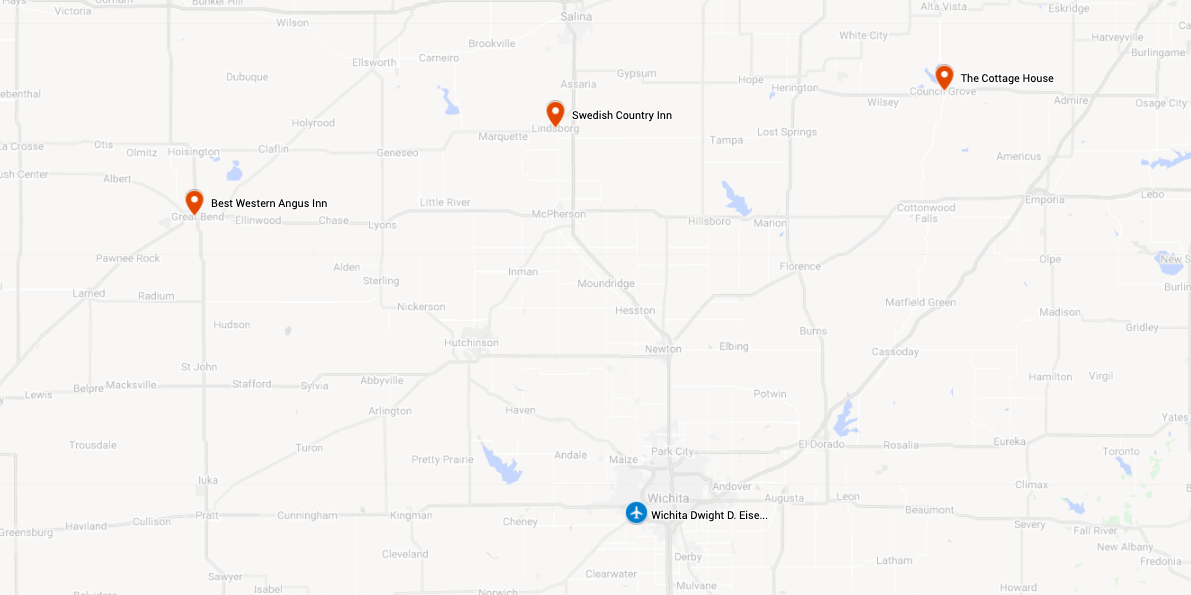- Overview
- Full Itinerary
- Photo Gallery
- Costing
- Travel Details
- Trip Reports
- Guide
- Map
- Know Before You Go
Autumn hues and cooler weather make September an ideal time to experience the natural secrets hidden deep in Kansas’ tallgrass prairies. Witness tens of thousands of acres of prairie that stretch your imagination and inspire your heart. Join Naturalist Journeys on this tallgrass prairie tour to investigate world-class wetlands and grasslands as we explore the amazing prairies of central Kansas and the Flint Hills ecosystem. This is the only remaining area in America with intact, extensive tallgrass prairie landscapes.
September brings fall color and tall, mature grasses decorate the landscape. This is our guides’ favorite time to visit. Discover Big-bluestem, Indiangrass, Switchgrass, and the other tall grasses that blanket these hills, and savor late-blooming wildflowers.
In the Flint Hills, limestone and chert geology defied use of the plow, favoring a grass and ranching agriculture that led to the preservation of large expanses of prairie. This rock foundation also provides a rich cultural and architectural heritage that we discover passing through small heartland towns. From stone fences to elegant homes, barns and courthouses, the native stone solidified history. As our route crisscrosses the Santa Fe Trail, we feel the pull of westward expansion that brought Norwegian, Irish, Swedish, and German settlers to this area.
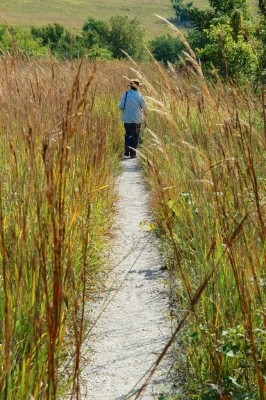
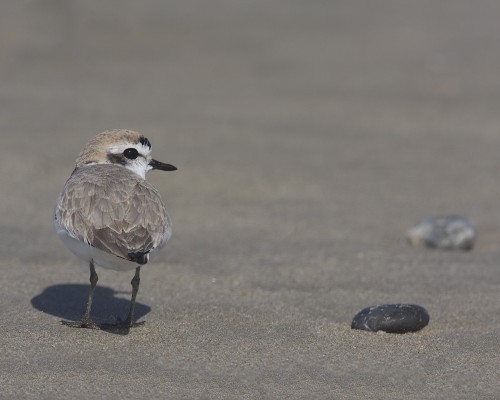
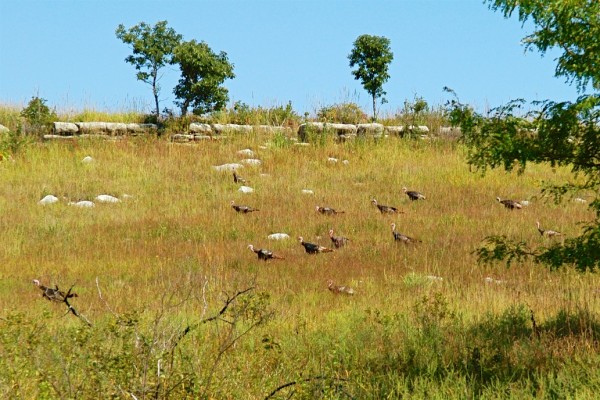
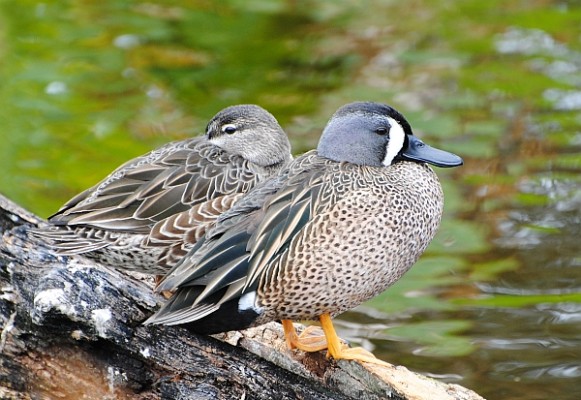
Tour Highlights
- Experience the grandeur and history of ranching days at the NPS’s Tallgrass Prairie Preserve
- Learn about the latest research on prairie ecosystems at Konza Prairie
- Visit the Maxwell Game Wildlife Refuge for a safe encounter with bison and possibly elk
- Search for Burrowing Owl at Cheyenne Bottoms, a Wetland of International Importance
- Observe raptors, gulls, early migrating waterfowl, shorebirds, and with a bit of luck, American White Pelican by the thousands
- Explore with local guides, Ed and Sil Pembleton, who have their finger on the pulse of the area, and help you get the most out of your visit
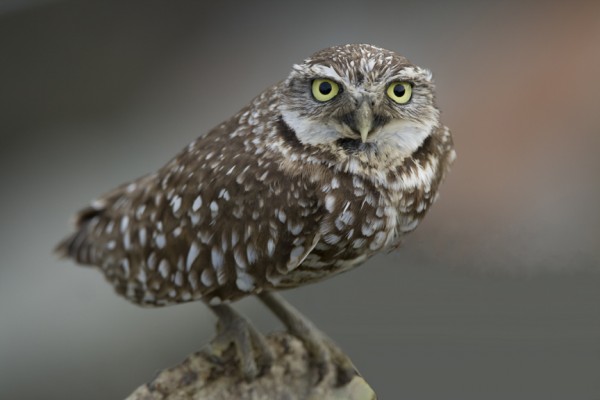
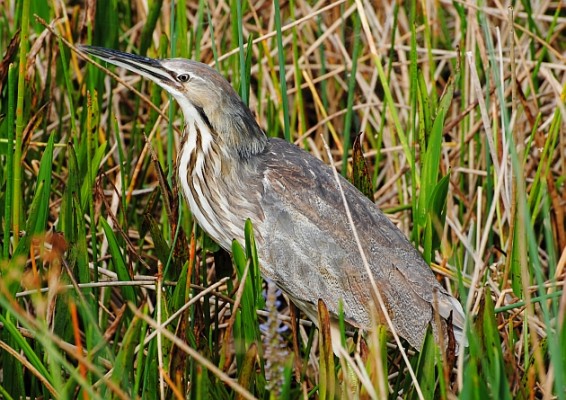

Trip Itinerary
Itineraries are guidelines; variations in itinerary may occur to account for weather, road conditions, closures, etc. and to maximize your experience.

Sun., Sept. 19: Arrival in Wichita, Kansas
Arrive in Wichita, Kansas, today. To ease your travels, we stay conveniently and closely to the airport, which has a shuttle. Those arriving by 2:00 PM can join Ed and Sil to visit the Great Plains Nature Center, a good introduction to the region.
We gather for a welcome dinner as a group at 6:00 PM.
Accommodations near the airport in Wichita, KS (D)

Mon., Sept. 20: Dyck Arboretum of the Plains | Quivira National Wildlife Refuge
We depart this morning after breakfast, heading north to Hesston, Kansas for our first taste of the local flora at the Dyck Arboretum of the Plains. The beautiful gardens emphasize native grasses, trees, and wildflowers, which are often teaming with moths and butterflies. We enjoy a hike through the gardens, followed by a picnic lunch.
From the arboretum we head west across the mixed grass prairie and farm grounds to visit Quivira National Wildlife Refuge. En route we check for Burrowing Owl in a Prairie Dog town. Quivira and Cheyenne Bottoms taken together are considered one of the original “Eight Wonders of Kansas.” With more than 22,000 acres of prairie and farmland containing both salt and freshwater wetlands, Quivira is quite different from the Bottoms. Quivira’s freshwater, Big, and Little Salt Marshes attract more than 300 of Kansas’ 453 bird species. Here, we expect to see large concentrations of ducks and geese, as well as large numbers of stilts, avocets, phalaropes, and sandpipers. We may even see American Bittern lurking in the reeds, Snowy Plover scurrying over open areas, or a Bald Eagle harrying the birds for prey.
Accommodations Best Western Angus Inn, Great Bend, KS (B,L,D)
Tues., Sept. 21: Cheyenne Bottoms | Kansas Wetlands Education Center
After breakfast, we venture out to explore Cheyenne Bottoms. The largest inland marsh in the mainland United States, it’s designated as a Ramsar Wetland of International Importance. With more than 28,000 acres of protected habitat, this area harbors an amazing diversity of wildlife, especially birds. We check mudflats for late migrating shorebirds and scope the pools for waterfowl, Western Grebe, American White Pelican, Franklin’s Gull, and White-faced Ibis. If we’re lucky, we might even see Sora or Virginia Rail skulking through the marsh vegetation. There’s always a surprise waiting when you explore this area.
Our driving route today includes a portion of the Wetlands and Wildlife National Scenic Byway.
Before returning to Great Bend, we stop at the new Kansas Wetlands Education Center that provides a wealth of information about the ecology and history of the Bottoms (it was used for aerial gunnery practice during WWII) and is a sobering expression of the value that residents see in this magnificent wetland resource.
We return for an afternoon break and an early dinner in Great Bend. Some of the group may want to venture out on an optional owl prowl this evening for a chance to see Barn Owls, which are uncommon in most areas. More than likely we find a few Great Horned Owl, and if we are really lucky, we may see night herons flying or an occasional coyote.
Accommodations Best Western Angus Inn, Great Bend, KS (B,L,D)

Wed., Sept. 22: Cheyenne Bottoms | Mushroom Rocks State Park | Lindsborg
After yesterday’s long hours we sleep in, have breakfast at the restaurant, check out of the hotel by 9:30 and check out the bird life at Cheyenne Bottoms one last time before we take a scenic route to Lindsborg, a charming town filled with Swedish heritage. Our route includes the western portion of the Prairie Trail Kansas Scenic Byway (we enjoy the eastern portion tomorrow) and includes a stop to explore the prairie, interesting geology, and history of Mushroom Rocks State Park.
With accommodations at the lovingly restored Swedish Country Inn, we spend some time exploring Lindsborg’s main street. If we are fortunate, we may get to meet National Geographic photographer, Jim Richardson, at the Small World Gallery of Arts and Ideas that he and his wife maintain here in town. Jim’s outstanding photographs have graced many National Geographic articles, including an April 2007 article on the Flint Hills.
Accommodations at Swedish Country Inn, Lindsborg, KS (B,L,D)

Thurs., Sept. 23: Lindsborg | Maxwell Wildlife Refuge
After breakfast, we have some time to explore areas of Lindsborg that we didn’t get to see yesterday, then around 10:30 we head east on the Prairie Trail Kansas Scenic Byway for our appointment to meet bison up close at Kansas Wildlife and Parks’ Maxwell Wildlife Refuge. Eastern and Western Meadowlarks, Northern Bobwhite, Eastern and Western Kingbirds and perhaps Scissor-tailed Flycatchers are among our list of prairie and grassland birds we search for here.
The Friends of Maxwell uses a special tram for a guided tour into the bison pasture so that you can safely get a very close and personal view of these magnificent animals. If we are fortunate, the herd of elk may venture out into view. Later we catch an “aerial” view from the tower, give the prairie plants at Maxwell a thorough inspection, and search the adjacent McPherson State Fishing Lake for birds.
Accommodations at the Swedish Country Inn, Lindsborg, KS (B,L,D)

Fri., Sept. 24 – Sun., Sept 26: Tallgrass Prairie Preserve | Konza Prairie Biological Station | Mt. Mitchell Historical Prairie
We bid a fond farewell to Lindsborg and move east into the heart of the Flint Hills. Over the next three days we enjoy an in-depth exploration of the Flint Hills based out of Council Grove.
This is the only unit of the National Park System dedicated to the rich natural and cultural history of the tallgrass prairie ecosystem. The historic 1881 limestone ranch house and stone ranch buildings give us a feel for the history and a guided bus tour of the prairie by NPS Rangers provides insight into the ecosystem and its management.
This is a relatively new and still developing park managed by a unique partnership between the NPS and The Nature Conservancy. The Park Service has reintroduced bison to a portion of the area and we learn about their experiences of shifting from cattle grazing to bison. At almost 11,000 acres, this is a part of the Flint Hills where we experience the sweep of the prairie and the expanse of open skies. We have another chance for the incomparable Scissor-tailed Flycatcher here, and if fortune favors us, we may even see a Greater Prairie-Chicken.
One of our days we stop for lunch at Cottonwood Falls, the county seat of Chase County, which was the setting for William Least Heat-Moon’s book, PrairyErth. After lunch and visits to the beautiful county court house and a few other main street sights, we continue north with a stop by the National Prairie Preserve’s historic Fox Creek School.
We also head north on the backbone of the Flint Hills to the 8,600-acre Konza Prairie Biological Station, operated by the Kansas State Division of Biology. Dedicated to long-term research, education, and prairie conservation, Konza is part of the National Science Foundation’s Long Term Ecological Research System and carries out some of North America’s most sophisticated studies of prairie ecology.
We visit the award-winning Flint Hills Discovery Center, where engrossing hands-on exhibits help us understand the region better. The Center also features a unique immersive experience theater, an exploration of the “underground prairie,” and much more. One past tour participant called the Center “proof that the Flint Hills ecosystem has a fan club.”
We then turn east and south to explore Mt. Mitchell Heritage Prairie. Originally protected to honor the role Kansans played in the Underground Railroad, this rather small area contains one of the most diverse prairies found in the Flint Hills. If his schedule allows, our local guide here is Ron Klataske, Executive Director Audubon of Kansas, and long-term proponent of protecting prairie ecosystems. Prairie species that occur here in early fall include Field Sparrow, Indigo Bunting, and Northern Bobwhite.
We proceed back south on the Native Stone Scenic Byway, through Alma (“The Native Stone City”) and then across the Flint Hills, where the valleys harbor ranch homesteads with stone buildings, and the pastures and roadsides are graced with historic stone fences.
Accommodations at The Cottage House Hotel, Council Grove, KS (B,L,D)

Mon., Sept. 27: Departures
This morning we enjoy one final short walk and then depart for the airport. Please make flight reservations for or after 2:00 PM, or we can drop you at an airport hotel to fly out the following day. (B)
Cost of the Journey
Cost of the journey is $2350 DBL / $2730 SGL, from Wichita, Kansas. Cost includes: all accommodations; all meals as stated in the itinerary; group airport transfers; ground transportation; professional guide services; park, preserve, and other activity fees; and miscellaneous program expenses.
Tour price does not include: roundtrip airfare to and from Wichita or items of a personal nature such as laundry, porterage, telephone charges, or alcoholic beverages. Gratuities for your guides and others staff are not included and at your discretion.
Travel Details
Please plan to make air travel plans only after the minimum group size has been met. We will send you a confirmation email as soon as the trip has been confirmed.
Please plan to arrive in Wichita no later than 2:00 PM on September 19. Please plan on departures after 2:00 PM on September 27.
Browse below for trip reports and species lists from past versions of this and other tours from this destination.
Kansas
Tallgrass Prairie
- April 2012
- April 2013
- September 2014
- September 2019
- September 2021
- September 2023
-
Ed & Sil Pembleton, Guides Emeritus
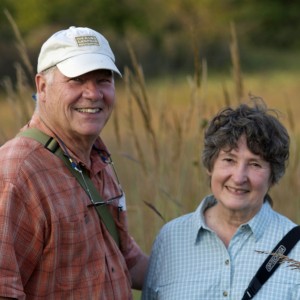
The Pembletons have led field trips for 30+ years. Ed worked for the National Audubon Society and as director of the Leopold Education Project, promoting Aldo Leopold's land ethics philosophy. Ed's photos appear in books and national magazines. Seliesa has written children's wildlife books, worked at the Smithsonian Institution, and was director of environmental studies at Hard Bargain Farm. She has taught "American Style" environmental education in Japan. The couple enjoys birding, hiking, gardening, and canoeing.
Other trips with Ed & Sil Pembleton, Guides Emeritus
Essential Information +
Photo credits: Banners: Prairie Photos and Greater Yellowlegs by Ed Pembleton; A Walk in the Grass by Ed Pembleton; Snowy Plover by Greg Smith; WIld Turkeys by Ed Pembleton; Blue-winged Teals by Carlos Sanchez; Burrowing Owl by Greg Smith; American Bittern by Carlos Sanchez; Willow Leaf Sunflower by Ed Pembleton; Indian Grass, Ed Pembleton; Tallgrass Prairie National Preserve, Ed Pembleton; Burrowing Owl, Peg Abbott; Prairie Dog, Ed Pembleton; American Avocet, Carol Rivchun; Snowy Plover, Greg Smith; Barn Owl, Peg Abbott; Coyote, Naturalist Journeys Stock; Scissor-tailed Flycatcher, Terry Peterson; Walking in the Tallgrass, Ed Pembleton; Greater Prairie Chicken, Greg Smith; Indigo Bunting, Doug Pratt; Bison Herd, Ed Pembleton; Bobolink, Steve Wolfe; Great Blue Heron, Sandy Sorkin; Wild Turkeys, Ed Pembleton; American Bittern, Carlos Sanchez; Blue-winged Teal, Delsa Anderl; Burrowing Owl, Greg Smith; Eastern Meadowlark, Terry Peterson; Greater Yellowlegs, Ed Pembleton; Yellow-headed Blackbird, Ed Pembleton.





